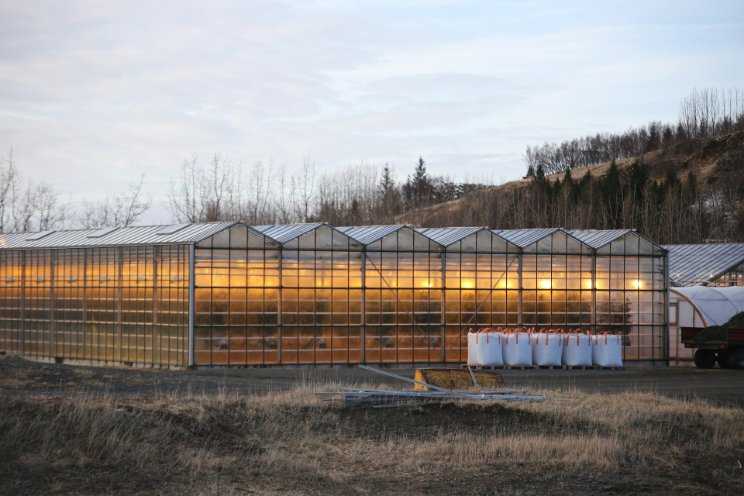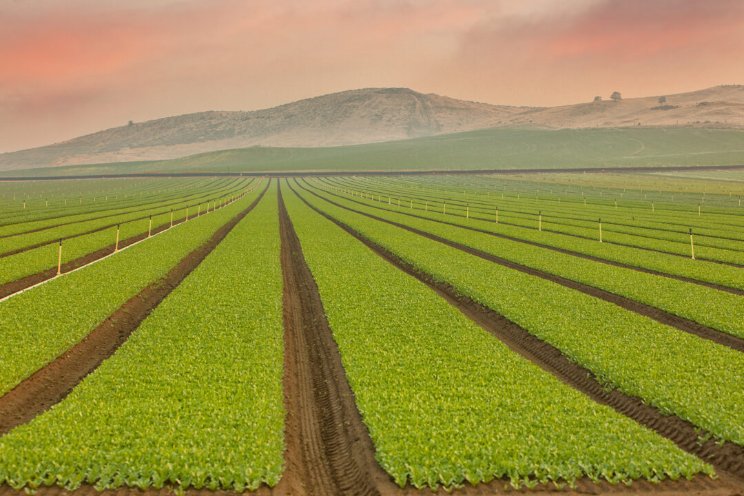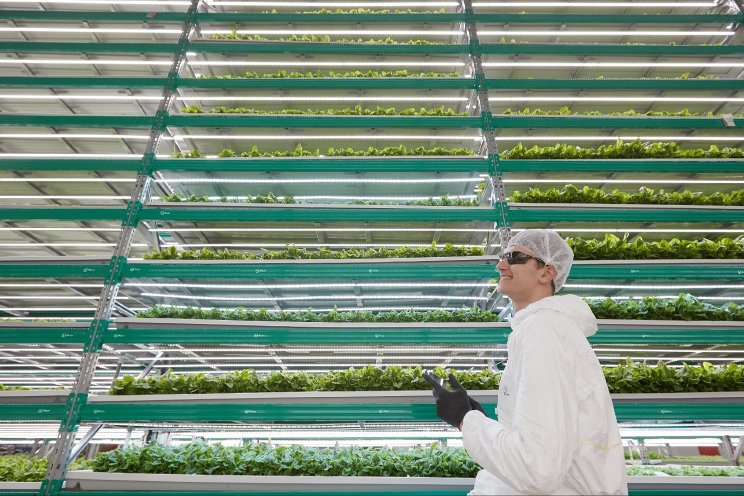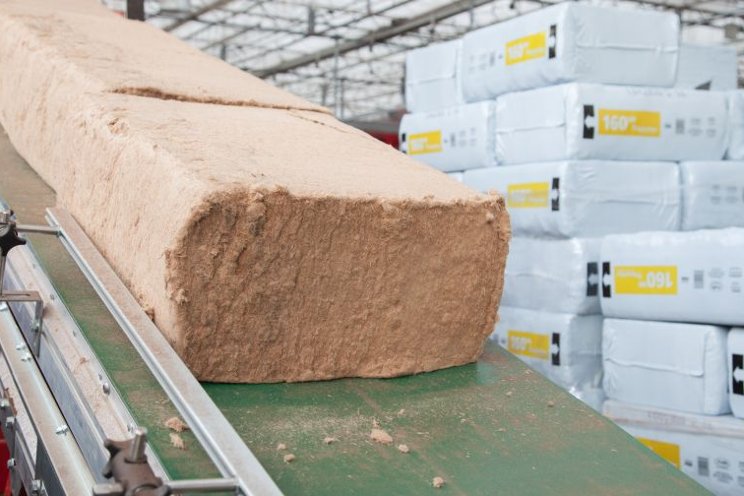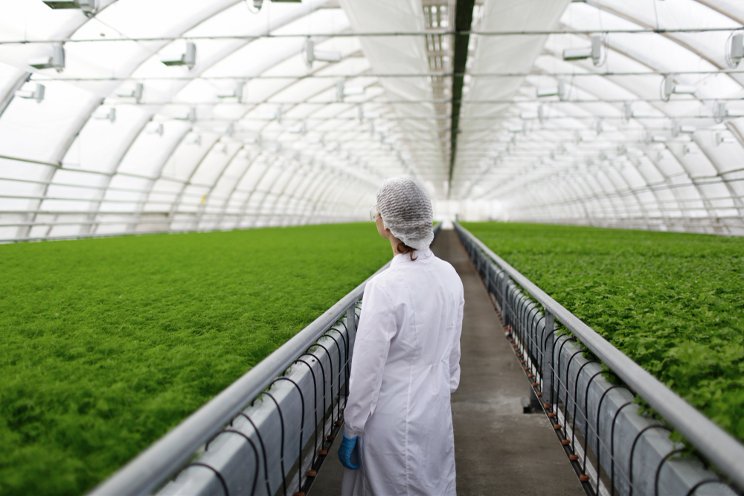Five trends to watch in 2022
Added on 16 January 2022

"Sometimes the best indicators of what will happen in the future can be found in the recent past," said J.P. Gervais, FCC's chief economist. "But with a slower-than-expected recovery from the pandemic and multiple challenges that have rocked industry supply chains in 2021, this year's forecast for Canada's agriculture and food industry has been a real challenge."
Despite the uncertainty, Gervais suggests industry producers and processors stay on top of five key trends: Canada's inflation and interest rates, ongoing supply chain challenges, labour shortages, supply-demand imbalances and strength in meat demand. Understanding these trends will help business owners and operators mitigate risks and take advantage of opportunities throughout 2022 and beyond.
Inflation and interest rates
Inflation is expected to be above the Bank of Canada's target rate for most of 2022, which also should drive interest rate increases in an effort by the central bank to keep a lid on inflation.
"Persistent supply chain disruptions and global demand will continue to prompt higher prices on virtually everything - two trends that began well before 2021," Gervais said. "Supply shortages may continue for some key commodities, and overall price increases on oil, gas and global agriculture commodity supplies are not expected to weaken before mid-year."
Supply chain and labour force challenges
Throughout the pandemic, supply chain disruptions caused by shortages and backlogs in global transport networks created inflationary pressures. Average month-over-month global transportation costs for dry goods increased 7.3 per cent in 2020 and more than doubled in 2021 with an average increase of 15.3 per cent.
"Looking ahead in 2022, we see strong demand for raw agriculture commodities and other manufacturing inputs. Coupled with shipping container and transportation labour shortages, we're forecasting a continuing trend toward higher transportation costs," Gervais said. "It's highly predictable the higher cost will be passed onto consumers and reflected in the price we pay for food and beverages in the grocery store."
At the same time, chronic labour force shortages in the food processing sector - made worse by the pandemic - could also contribute to higher food costs.
Supply and demand for key commodities
Drought and other extreme weather events, plus surging demand since 2019 have each contributed to recent global supply/demand imbalances for several major crops. Not even the price spikes produced by record demand curbed the trade of raw commodities around the world throughout 2020 and 2021.
"This has been good news for many Canadian producers who have seen reduced yields, since global demand for commodities has been generating overall stronger prices," Gervais said. "But since global stocks aren't that tight for some commodities - such as wheat and soybean - strong demand will be needed over the longer term to sustain these prices."
Click here to read more.
Photo created by freepik - www.freepik.com
Source: Greenhouse Canada
More news


